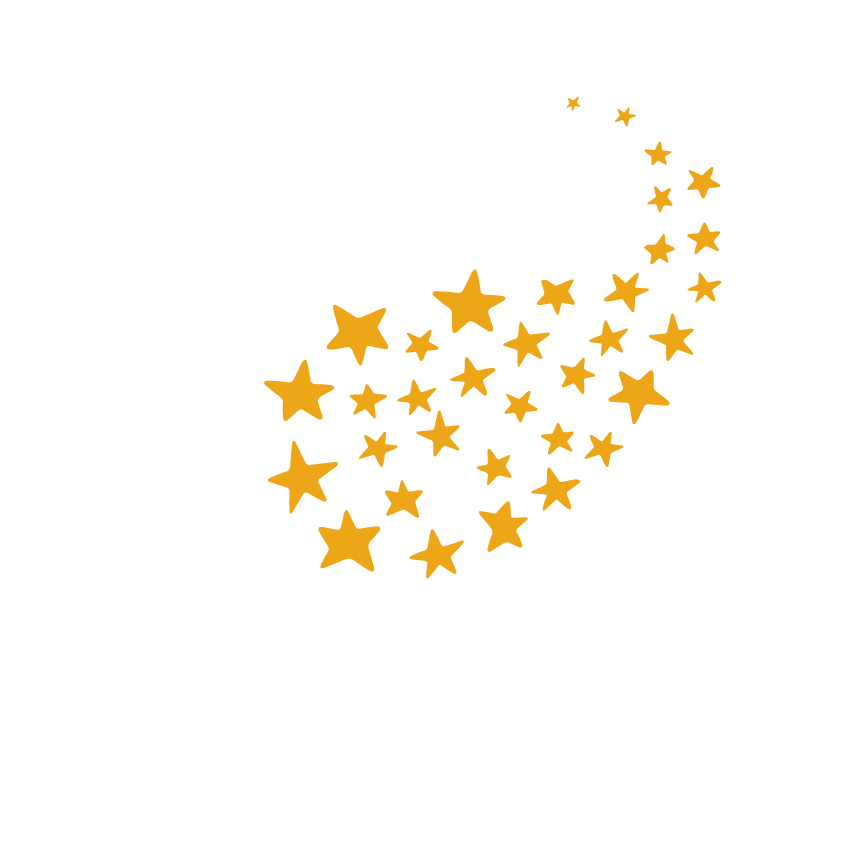Paray-le-Monial, the capital of the Charolais-Brionnais region in the south of Burgundy, is in a rich and diversified territory meriting the national label “Town and Country of Art and History”. The Charolais Brionnais area is a candidate for the UNESCO world heritage sites for the quality of its rural landscapes. It’s a region that all lovers of good living could wish for: Charolais beef, grands crus and great wines nearby, together with the Central Canal, ideal for exploring by bike or boat.
Paray-le-Monial is one of the few places dedicated to mosaic. From Paul Charnoz’s know-how, Paray-le-Monial has received the title of “City of Mosaic” since 2011 thanks to the variety of activities dedicated to this art. The origins of this name go back 20 years when the Charnoz Museum held the first exhibition of contemporary mosaic, which became an immediate success. So come and discover our rich history be it on your own or with family or friends. We look forward to welcoming you to Paray-le-Monial !
Digoin has many treasures: landscapes, fauna, flora, architectural heritage and museums … The advantage of such a natural heritage as Digoin is that it is accessible to everyone. Just walk around and … open your eyes!
Some areas of the town are now classified ‘Natura 2000’ – a network of core breeding and resting sites for rare and threatened species. A true richness, when you consider only 13% of France benefits from this distinction. In Digoin, we find these classified areas along the banks of the Loire. If you are curious, the Tourist Office offers guided walks on the theme of nature.
Charolles is the historic capital of the county of Charollais. The town is located at the confluence of the River Arconce and its tributary the Semence and is dotted with many canals and bridges, that has earned it the nickname “Venice of Charollais”. The old city developed to the south, on a hill which emerged from the natural basin, where today sits the Town Hall. It is in this basin where the three valleys converged, carved out by the Arconce, the Semence and the stream which takes its source from the ‘Champs Gonnots’.
The town extends mainly towards the north and includes, in the north west, a part of the Charolles forest.
The town of Charolles has its origin in Celtic times under the name “Kadrigel”: “fortress surrounded by water”. This name is derived from the layout of the castle which stood on the rocky limestone outcrop 285m high, surrounded by two rivers Arconce and Semence.
Its Latin name “Kadrella Vico” derives from the tenth century name of Castrum, fortified city. Its geographical location has made the town an important trade route since medieval times.
